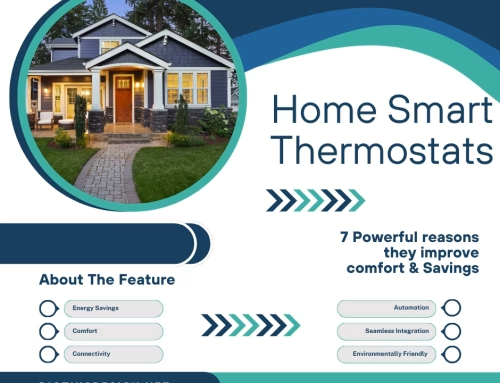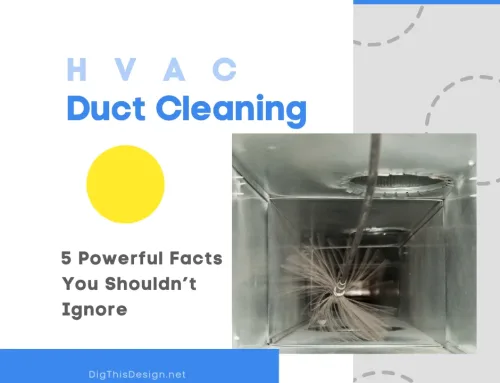If you’re a homeowner, you should know that your HVAC (heating, ventilation, and air conditioning) unit is one of the crucial systems you need to cater to. Doing so keeps the equipment in good condition, prolonging its lifespan. In addition, conducting HVAC maintenance also avoids discomfort for people within the property and protects them from indoor air quality (IAQ) concerns. Moreover, you can spend less on repairs and save on energy bills.
Tips for Maintaining Your HVAC Unit
Below are tips and tricks for keeping your HVAC Unit in pristine condition:
The best time to conduct HVAC maintenance is during fall and spring. Regarding your heating system, one should perform maintenance every six months, while you must service the air conditioning system yearly. You can call one of the various HVAC companies in your area to do this.
Change Your HVAC Unit Filter Often
Your HVAC filter purifies the air by trapping dust, pet dander, pollen, and other tiny particles. There are various kinds of HVAC filters. Examples are washable air filters, fiberglass air filters, Ultraviolet filters, HEPA filters, mechanical filters, electronic or electrostatic, and pleated filters.
Changing your HVAC filter once every three months through various Porter, TX HVAC Companies or those in your area can help maintain such a unit. In addition, this also allows your HVAC to conduct proper heating and cooling.
Because it’s crucial to change your HVAC filter, you must know how to do it. Some steps to take to achieve that are:
- Turn off the HVAC unit.
- Remove the access panel to find the filter.
- Take out the old filter.
- Insert the new filter.
- Close the access pane and turn on the HVAC unit.
You may also check video channels to learn how to work on HVAC filters. Here’s one: https://www.youtube.com/channel/UCpMFQgiKHGUdnBRlXYx__Hw/featured.
Examine The Thermostat
Examining your HVAC’s thermostat lets you know if your air conditioner works the way it should.
To check your thermostat, some steps to take are:
- Check the thermostat’s switches and ensure it’s set to A/C or ‘Cool.’
- Increase the thermostat’s temperature gradually and notice if you hear a click. You should hear a sound from the furnace. If not, it may mean that the thermostat is failing or have to be replaced.
- Remove old batteries from programmable thermostats and replace them with new ones.
- Place yourself by the thermostat and have another person go next to the furnace. Alter the thermostat setting to heat. You should remember that an air conditioner may have a delayed response while the furnace quickly responds to a thermostat.
Insulate Your House
Insulation is a concept in which heat is prevented from escaping during winter, and on which the amount of heat is hindered from entering during summer. Likewise, insulation for your HVAC unit should be a priority. With many people spending more on healing and cooling costs, proper home insulation can be ideal for lowering your electric bills.
Another benefit that your HVAC can attain when you have proper insulation within your home is it can work less hard. Your HVAC can become more efficient in controlling temperature. Likewise, you can also reduce carbon emissions when your HVAC is in good condition.
So, what home areas should you insulate? To start, you should consider your walls. About one-third of all the heat escapes through the walls of an uninsulated property. As such, call a professional to inspect and conduct internal wall insulation.
Other places that you should insulate are:
- Roof, attic, and loft
- Chimney and fireplace
- Windows and doors
Other Posts You Might Enjoy
Tips for Troubleshooting an HVAC System
20 Questions to Ask Your HVAC Professional





